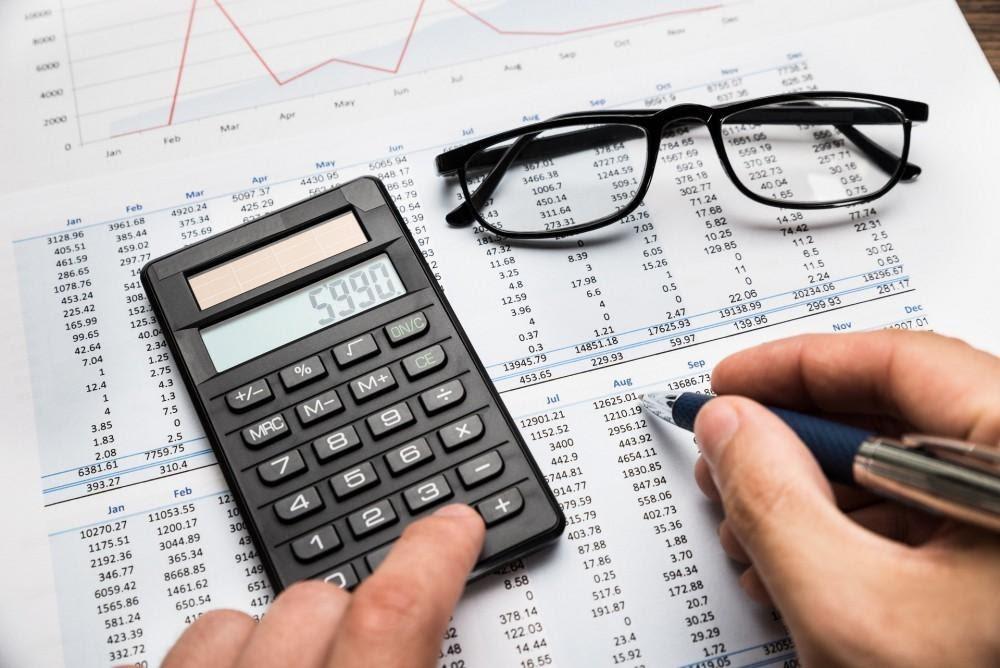
Quick ratio is calculated as (Current Assets – Inventory) / Current Liabilities. Both have calculated their quick ratios with the components available to them on their balance sheets. The quick ratio should not be used by companies that have significant amounts of fixed assets, such as real estate or equipment.
The quick ratio measures a company’s ability to pay for its current liabilities with its most liquid, short-term assets. For some companies, however, inventories are considered a quick asset – it depends entirely on the nature of the business, inventory turnover ratios for ecommerce but such cases are extremely rare. A company can convert quick assets to cash in less than 90 days, while some current assets can take up to a year. The quick ratio is a more conservative measure of liquidity than the current ratio.
Everything You Need To Master Financial Modeling
For example, supermarkets move inventory very quickly, and their stock would likely represent a large portion of their current assets. To strip out inventory for supermarkets would make their current liabilities look inflated relative to their current assets under the quick ratio. The current ratio may also be easier to calculate based on the format of the balance sheet presented. Less formal reports (i.e. not required by GAAP external reporting rules) may simply report current assets without further breaking down balances. Two is the ideal current ratio because you can easily pay off your liabilities without running into liquidity issues.
How to Calculate the Quick Ratio (+Examples) – The Motley Fool
How to Calculate the Quick Ratio (+Examples).
Posted: Fri, 05 Aug 2022 07:00:00 GMT [source]
However, Macy’s is an interesting case as a major retail store because most of their current assets are tied up in merchandise inventory– $4.267 billion in 2023 and $4.383 billion in 2022 to be exact. Accounts receivable include amounts that the company expects to receive from customers who have made a purchase on credit. Because accounts receivable are short-term in nature, it is included in liquid assets.
Uses of the Quick Ratio in Accounting
The inventory balance of our company expands from $80m in Year 1 to $155m in Year 4, reflecting an increase of $75m. If the ratio is low, the company should likely proceed with some degree of caution, and the next step would be to determine how and how quickly more capital could be obtained. The two general rules of thumb for interpreting the quick ratio are as follows. Next, the required inputs can be calculated using the following formulas. The factor then collects the invoiced amounts directly from your customers, which removes the need to chase and process payments but may have a negative effect on relationships.
For example, consider prepaid assets that a company has already paid for. It may not be feasible to consider this when factoring in true liquidity as this amount of capital may not be refundable and already committed. Because prepaid expenses may not be refundable and inventory may be difficult to quickly convert to cash without severe product discounts, both are excluded from the asset portion of the quick ratio. Now you know how to calculate the quick ratio using data found on the balance sheet.
Advantages and Disadvantages of the Quick Ratio
Quick assets include cash and assets that can be converted to cash in a short time, which usually means within 90 days. These assets include marketable securities, such as stocks or bonds that the company can sell on regulated exchanges. They also include accounts receivable — money owed to the company by its customers under short-term credit agreements. With a quick ratio of over 1.0, Johnson & Johnson appears to be in a decent position to cover its current liabilities as its liquid assets are greater than the total of its short-term debt obligations.
A quick ratio below 1 shows that a company may not be in a position to meet its current obligations because it has insufficient assets to be liquidated. This tells potential investors that the company in question is not generating enough profits to meet its current liabilities. Similar to the current ratio, which also compares current assets to current liabilities, the quick ratio is categorized as a liquidity ratio. The quick ratio measures a company’s ability to raise cash quickly when needed. For investors and lenders, it’s a useful indicator of a company’s resilience. For business managers, it’s one of a suite of liquidity measures they can use to guide business decisions, often with help from their accounting partner.
What is the Quick Ratio?
In addition, though its quick ratio only dropped a little, there are bigger changes in cash on hand versus the balances in accounts receivable. By excluding inventory, and other less liquid assets, the quick ratio focuses on the company’s more liquid assets. If a company’s financials don’t provide a breakdown of its quick assets, you can still calculate the quick ratio. You can subtract inventory and current prepaid assets from current assets, and divide that difference by current liabilities. Both the current ratio and quick ratio measure a company’s short-term liquidity, or its ability to generate enough cash to pay off all debts should they become due at once.
Royal Fund Management LLC increases interest in TC Energy Corp … – Best Stocks
Royal Fund Management LLC increases interest in TC Energy Corp ….
Posted: Tue, 20 Jun 2023 21:02:07 GMT [source]
Is a quick ratio of 2 good?
Conversely, a quick ratio between 1 and 2 indicates you have enough current assets to pay your current liabilities. A quick ratio of exactly 1 means that your current assets and your current liabilities are equal. A ratio of 2 indicates that your current assets double the amount of your current liabilities.